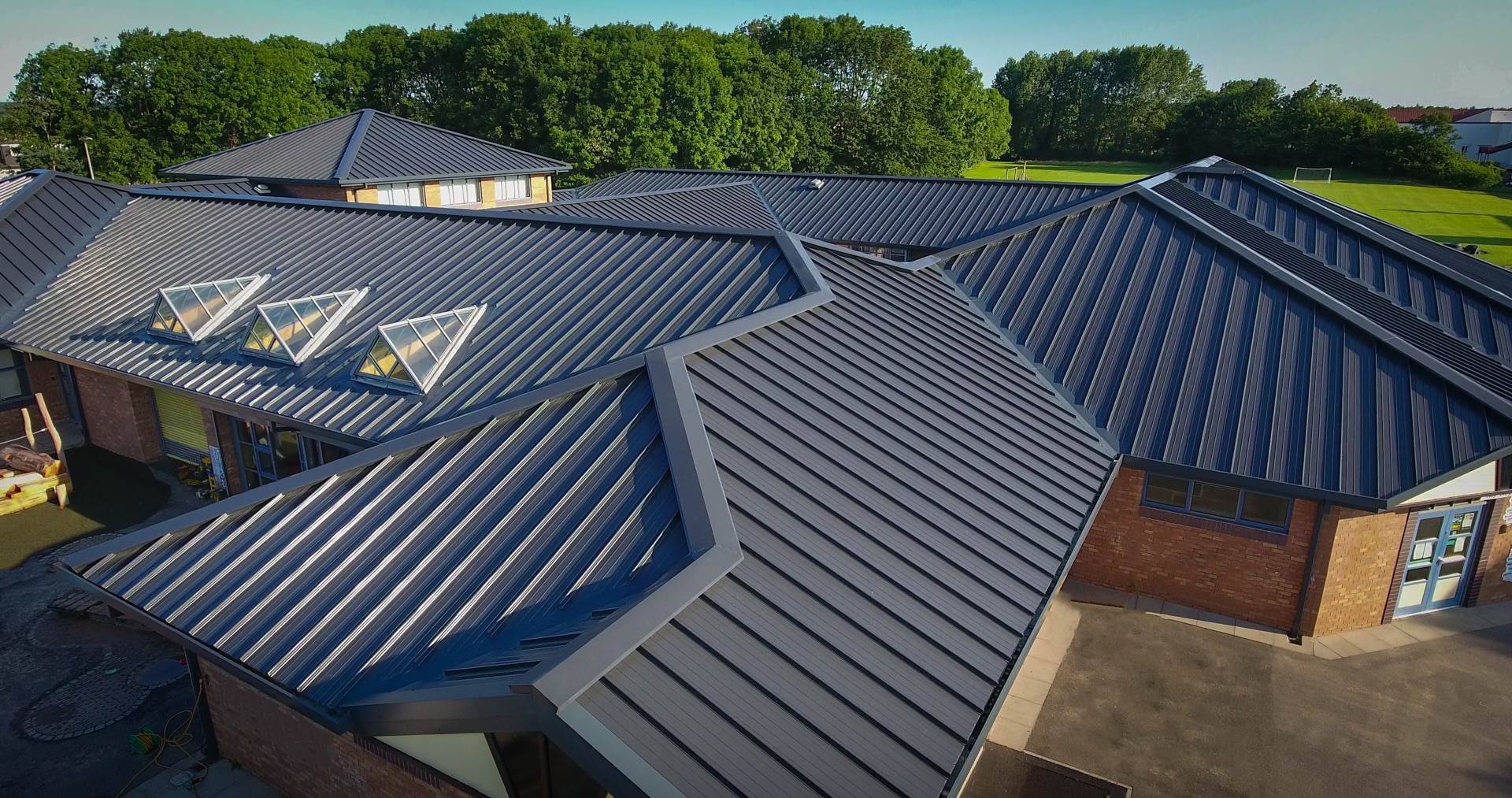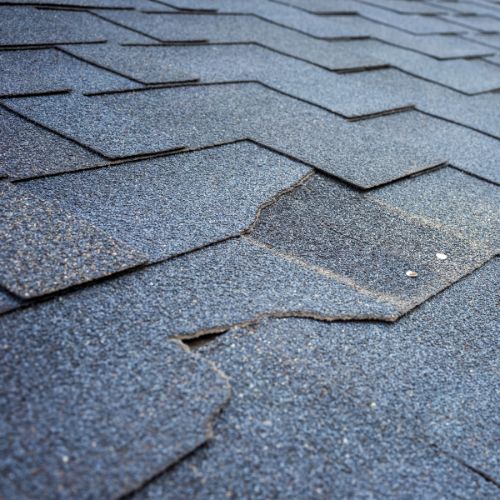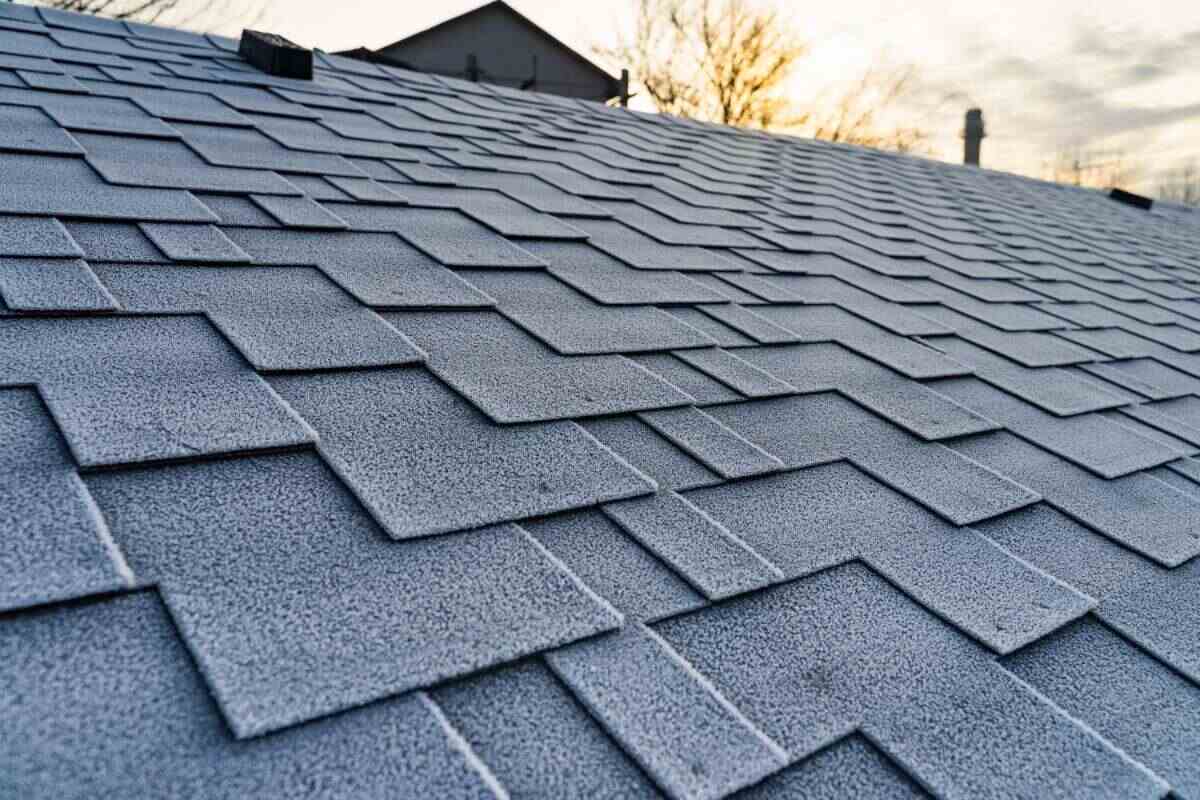Pick Keep Dry Roofing LLC for Exceptional Residential Roofing
Pick Keep Dry Roofing LLC for Exceptional Residential Roofing
Blog Article
Ultimate Checklist for Evaluating the Condition of Your Roof and Identifying Potential Problems
By adhering to a detailed checklist customized to assess the various elements of your roofing system, you can gain useful insights right into its present state and preempt any kind of approaching problems. This positive approach not just guarantees the long life of your roofing system yet likewise adds to preserving the architectural integrity of your home.

Roofing System Assessment Devices
These devices aid in identifying prospective issues, analyzing the total condition of the roof covering, and figuring out the necessary upkeep or repairs required. One of the primary tools made use of in roofing system evaluations is a moisture meter, which aids identify areas of entraped wetness within the roof covering layers that might show leaks or water damage.

Additionally, an electronic camera or mobile phone is necessary for recording the inspection process, capturing pictures of any type of damages or locations of problem for more analysis. Other tools such as binoculars, roof probes, and safety equipment like ladders and harnesses are vital for a thorough and secure roof covering inspection. By utilizing these devices properly, assessors can perform detailed analyses, recognize problems immediately, and suggest suitable services to maintain the roof's honesty.
Outside Roofing Examination
To thoroughly analyze the condition of a roof covering system, an exterior roofing evaluation is necessary to inspect the surface for indicators of wear, damage, or prospective concerns. During an exterior roof covering assessment, it is crucial to begin by analyzing the tiles or roofing material.

Analyze the general cleanliness of the roofing, as debris accumulation can maintain moisture and speed up roof damage. By carrying out a thorough exterior roof examination, homeowners can determine and address prospective concerns before they intensify right into expensive fixings.
Interior Ceiling Evaluation
Upon getting in the interior room, a detailed analysis of the ceiling is imperative to recognize any kind of indications of water damage, leakages, or architectural problems. Start by aesthetically checking the ceiling for any type of discoloration, drooping, or peeling paint, as these could show water infiltration from the roofing system. Any stuffy smells or dampness in the air need to likewise raise problems regarding potential roof covering problems.
Attic Examination
An in-depth assessment of the attic is essential in examining the overall problem and performance of the roof. The attic acts as an important component of the roof, offering understandings into possible issues that might not be visible from the outside or inside of your home. Throughout the attic exam, it is very important to look for signs of water damages, such as water stains, mold development, or decaying timber, which can suggest a leakage in the roof. Furthermore, evaluate the insulation for any indications of deterioration or compression, as appropriate insulation is vital for maintaining energy effectiveness and original site preventing ice dams. Search for appropriate air flow to guarantee that excess warm and dampness are being properly ventilated out of the attic to stop moisture-related troubles. Finally, analyze the attic room structure for any indications of drooping or damages, as these concerns might endanger the honesty of the entire roof. Consistently assessing the attic can help identify potential roofing problems at an early stage, permitting timely repair services and maintenance to extend the life expectancy of the roof covering.
Addressing Usual Roofing Problems
Recognizing and immediately fixing common roof covering issues is crucial in keeping the architectural stability and long life of a roof. One of one of the most frequent concerns property owners encounter is a leaking roof covering, basics commonly brought on by harmed or missing roof shingles, improper setup, or deteriorated blinking. It's vital to attend to click to read leaks quickly to prevent water damage to the inside of the residential property and potential mold development. Another typical trouble is roof ventilation concerns, which can lead to excess warm and dampness buildup in the attic, triggering early wear and tear of the roof products. Poor ventilation can also lead to greater power costs due to inefficient temperature level law. Additionally, the build-up of particles such as fallen leaves, branches, or snow on the roof covering can block drainage systems and result in water merging, which might at some point create roof leaks or structural damage. Routine assessments and upkeep can aid recognize and resolve these usual roof problems before they escalate into more significant issues.
Conclusion
In final thought, an extensive assessment of your roofing system is essential to recognize prospective problems and guarantee the total condition of your roofing. By using the appropriate tools and conducting inside, attic, and exterior evaluations, common roofing system problems can be resolved promptly. Routine maintenance and prompt repairs can aid stop considerable damage and lengthen the life-span of your roofing system.
One of the main devices utilized in roofing system examinations is a wetness meter, which aids identify locations of trapped wetness within the roof covering layers that could suggest leaks or water damage. Various other devices such as binoculars, roofing probes, and safety and security devices like ladders and harnesses are essential for a risk-free and thorough roofing system assessment.To thoroughly evaluate the problem of a roof covering system, an outside roof assessment is crucial to examine the surface for indications of wear, damages, or possible issues. Assess the general tidiness of the roofing, as particles accumulation can preserve moisture and accelerate roofing system degeneration. Keep Dry Roofing LLC. In addition, the buildup of particles such as fallen leaves, branches, or snow on the roof covering can obstruct drainage systems and lead to water pooling, which may ultimately trigger roofing system leaks or structural damage
Report this page